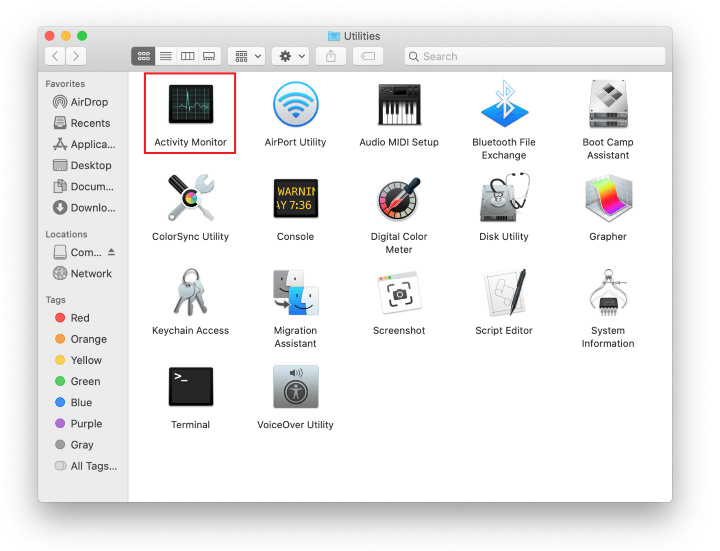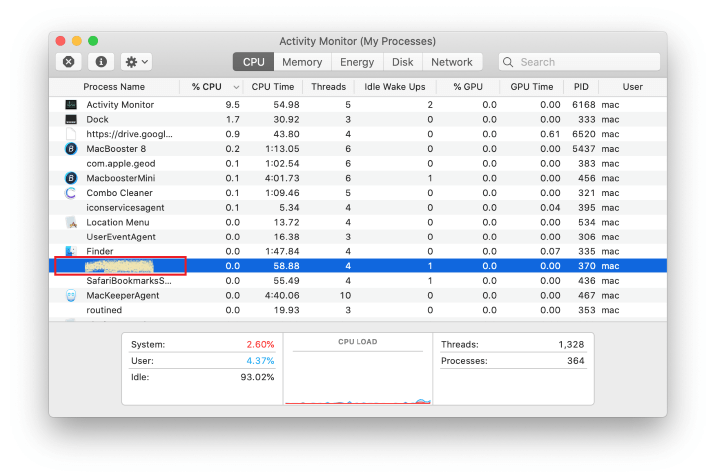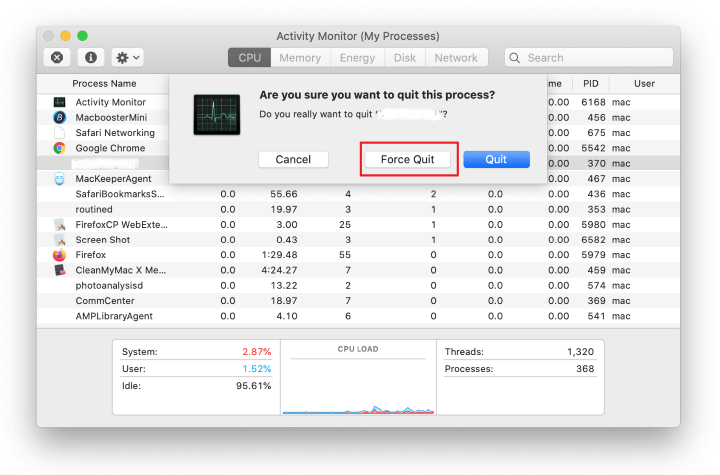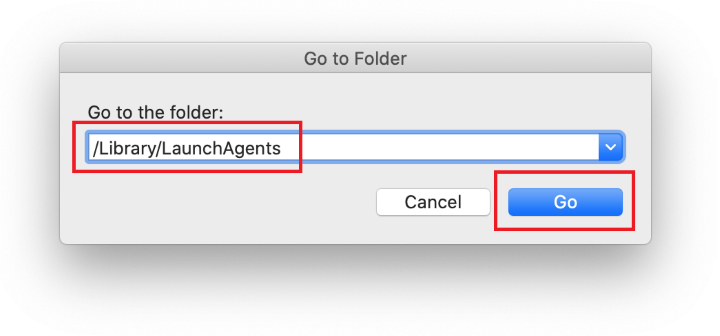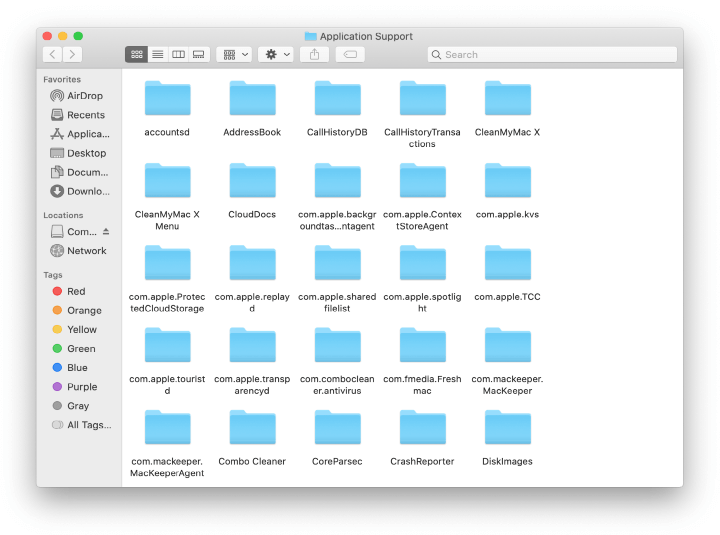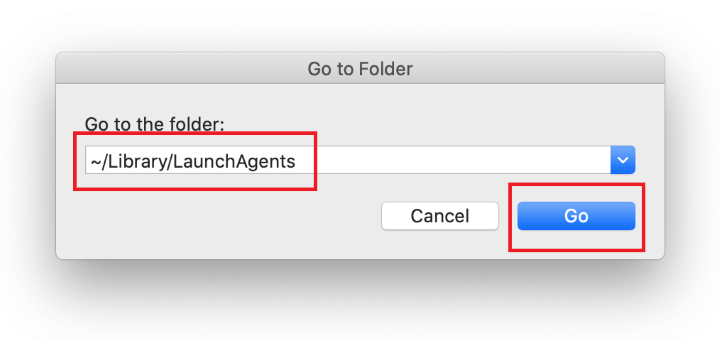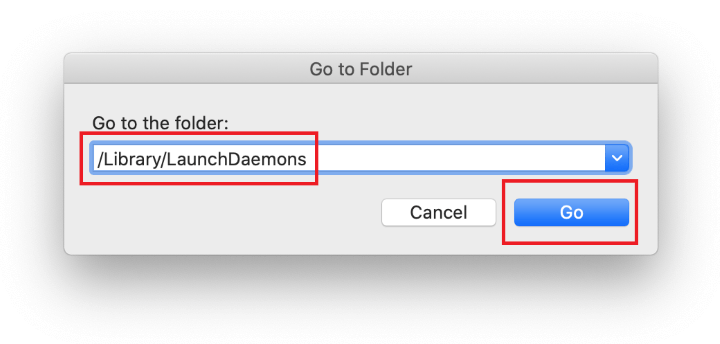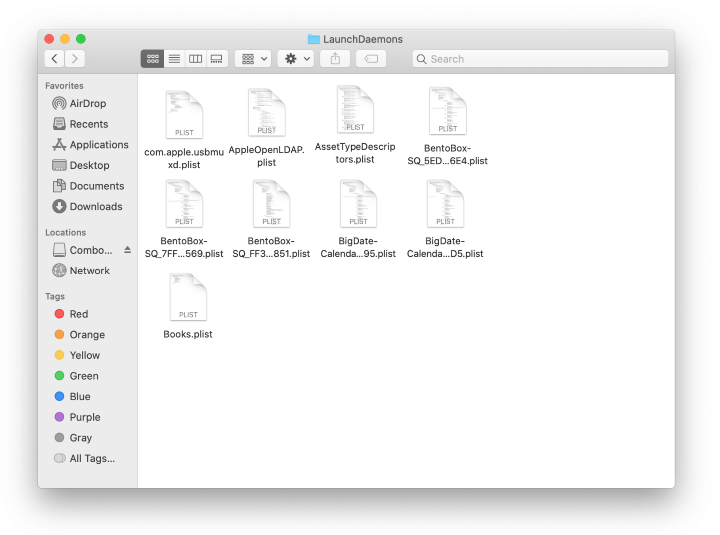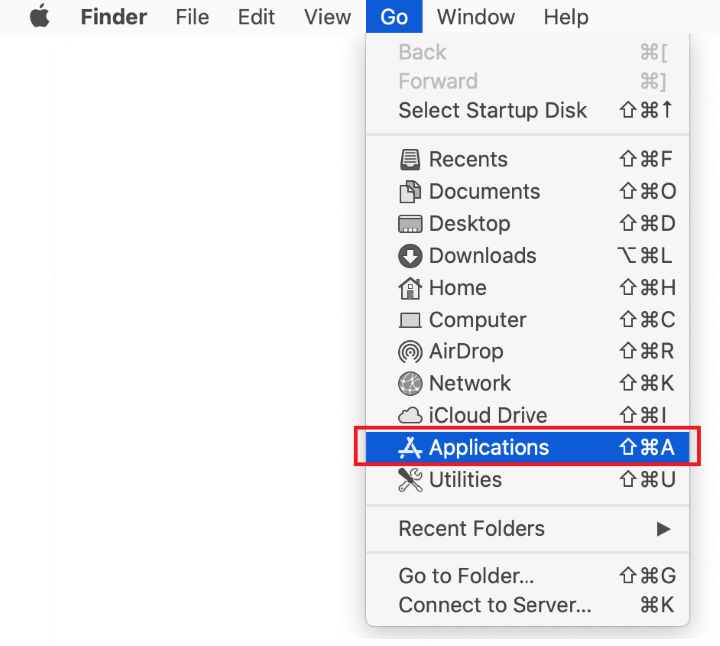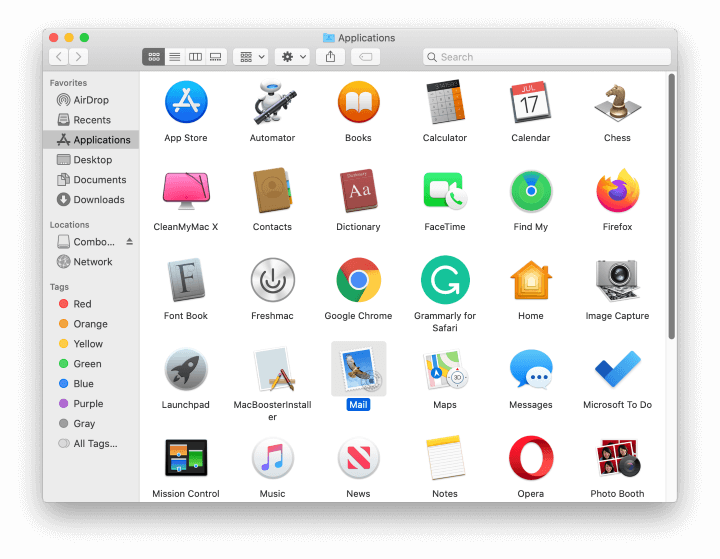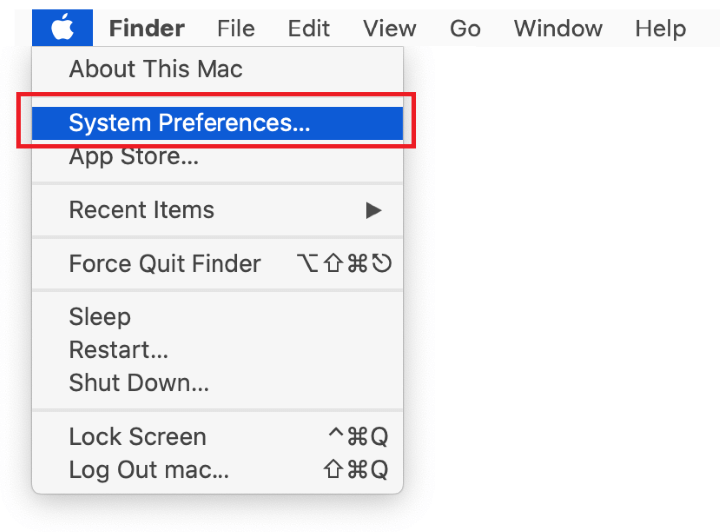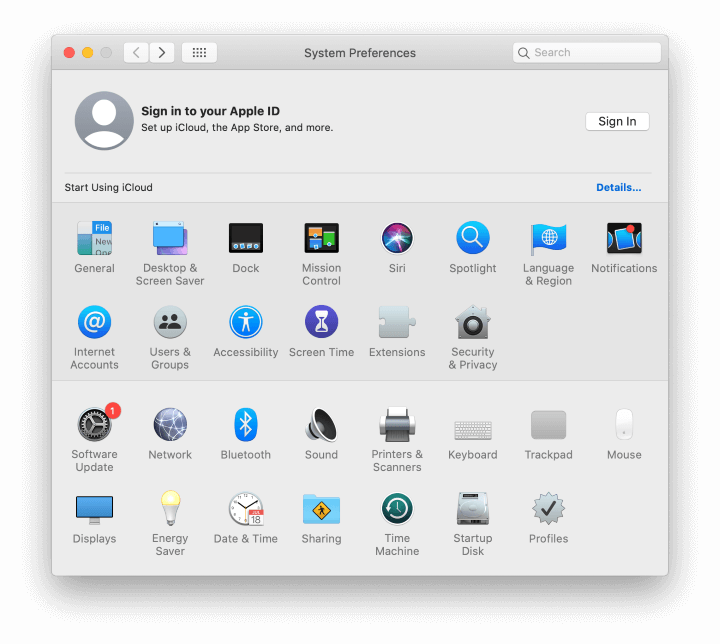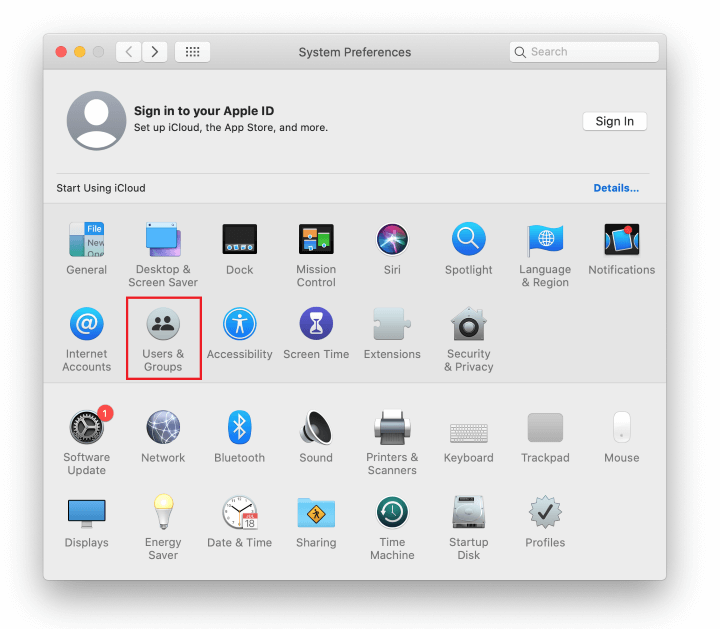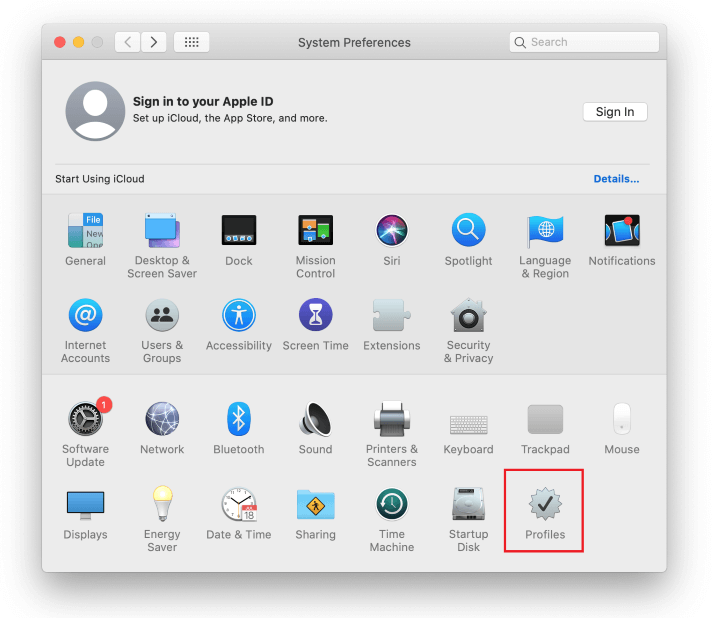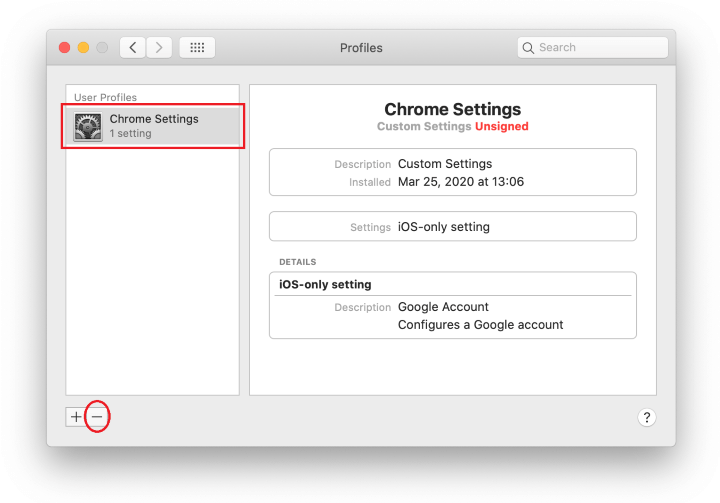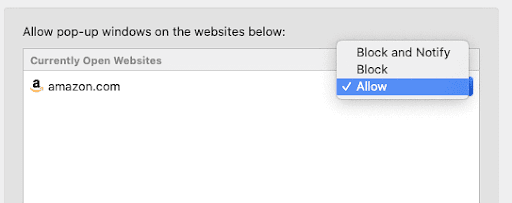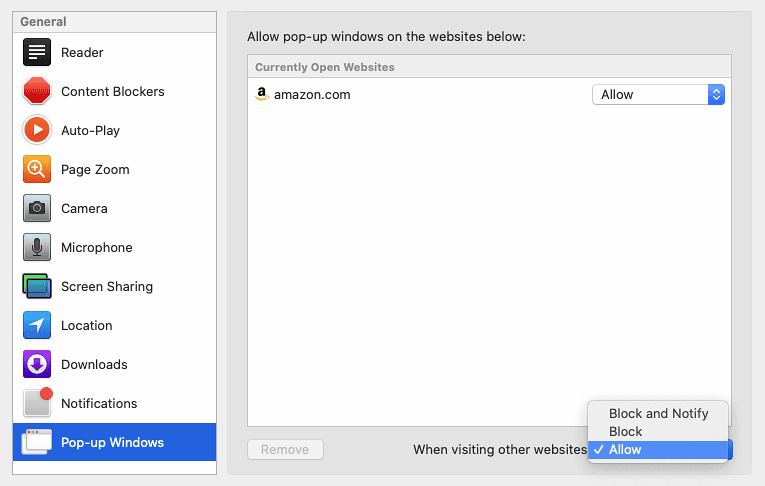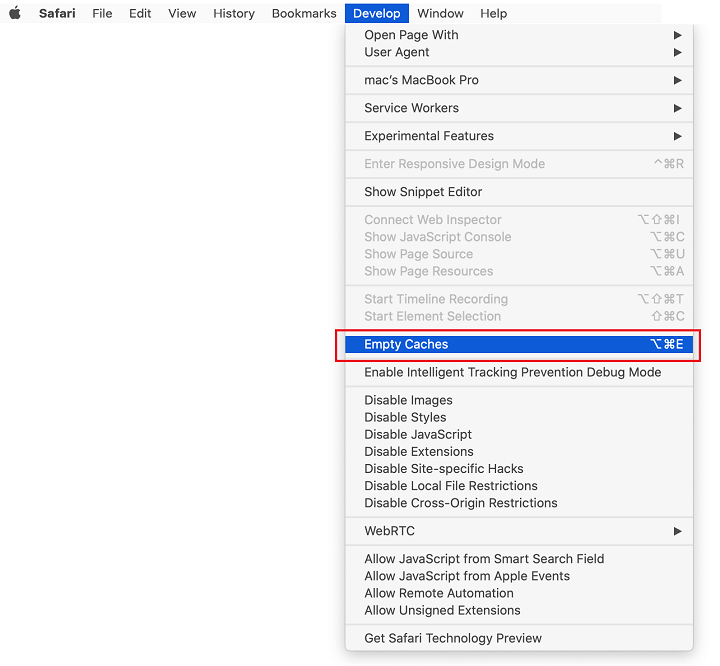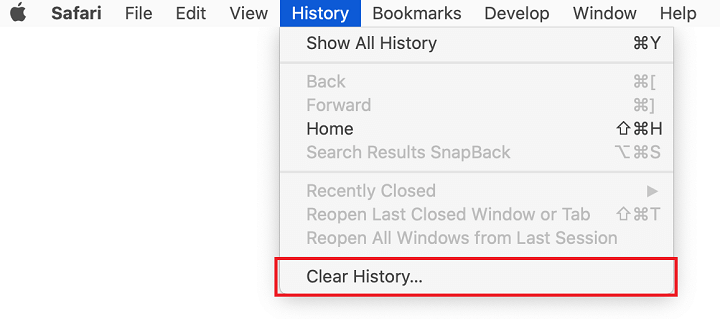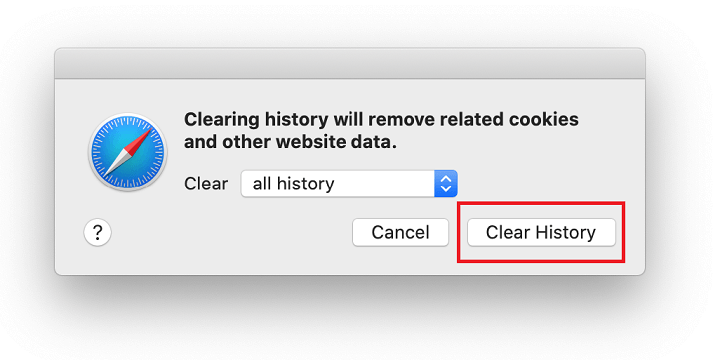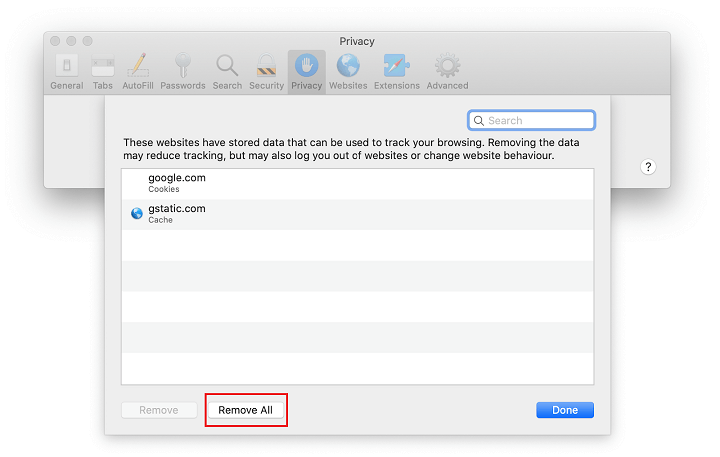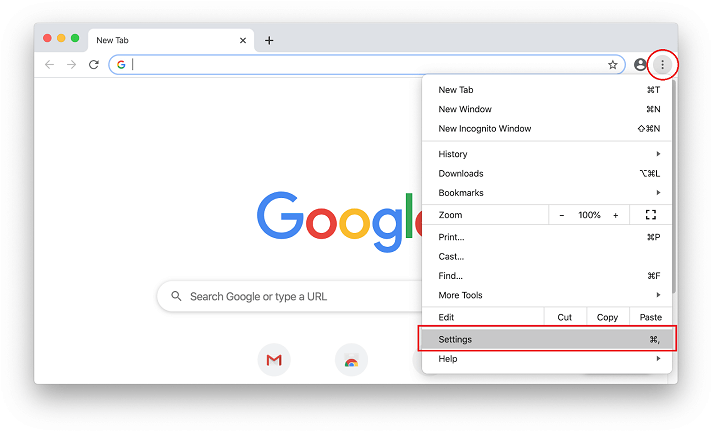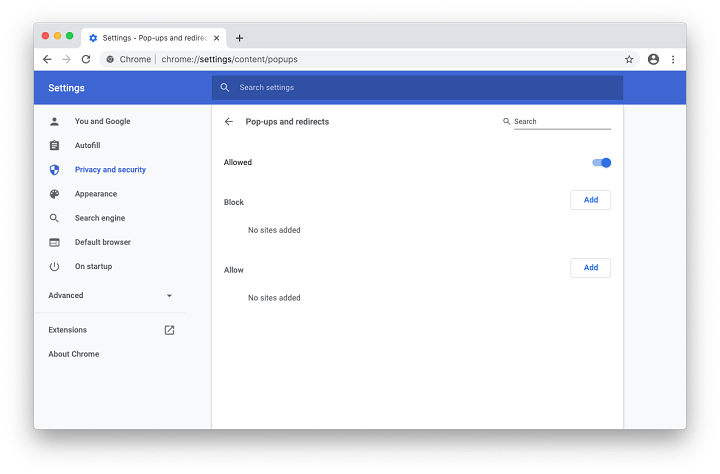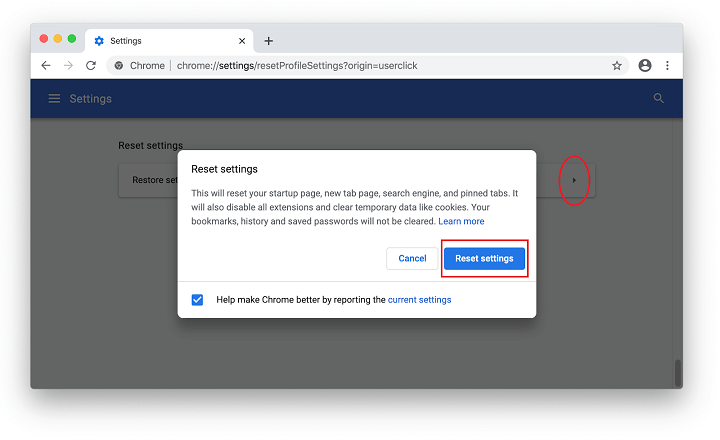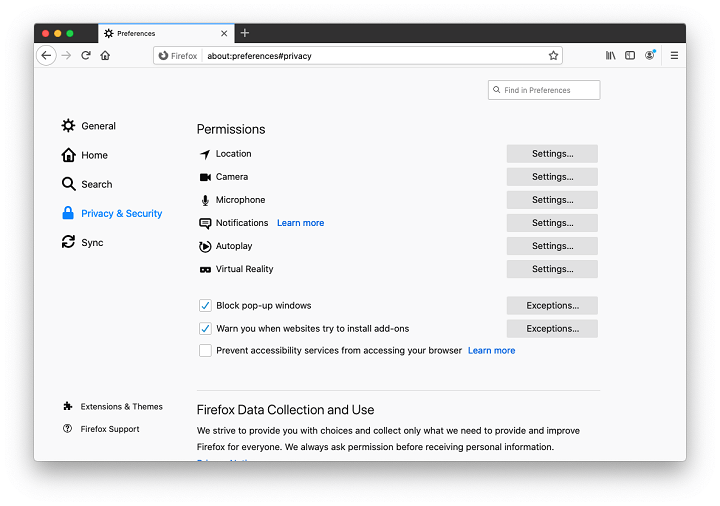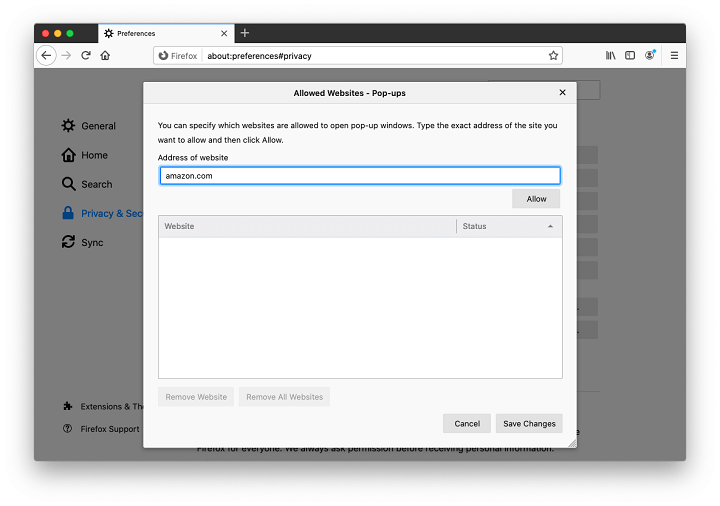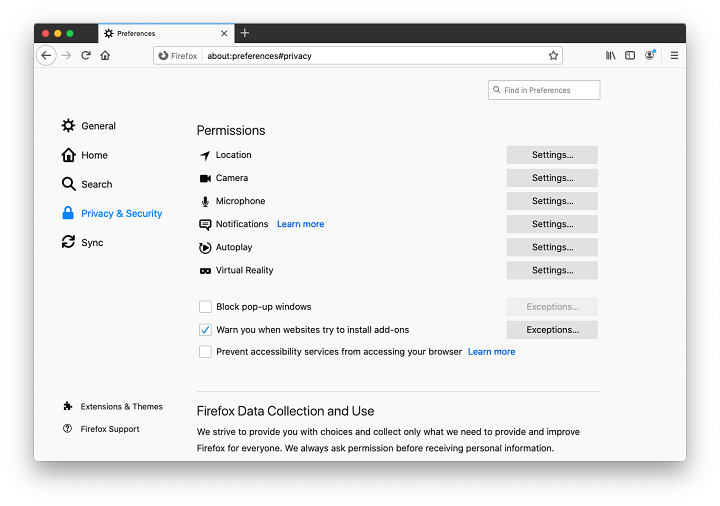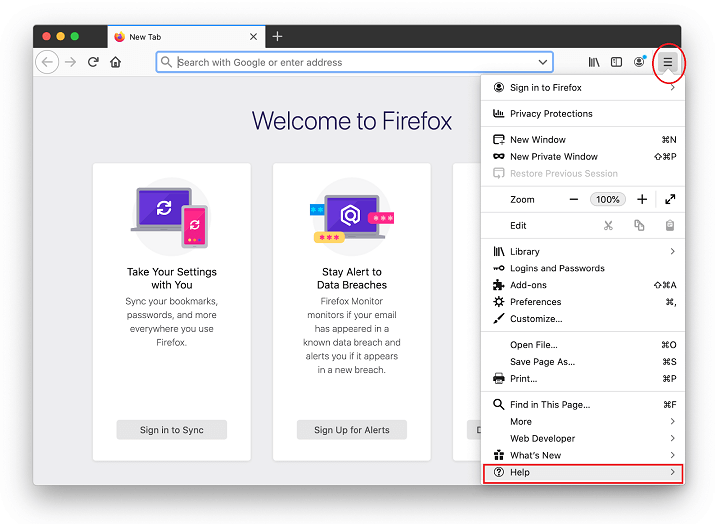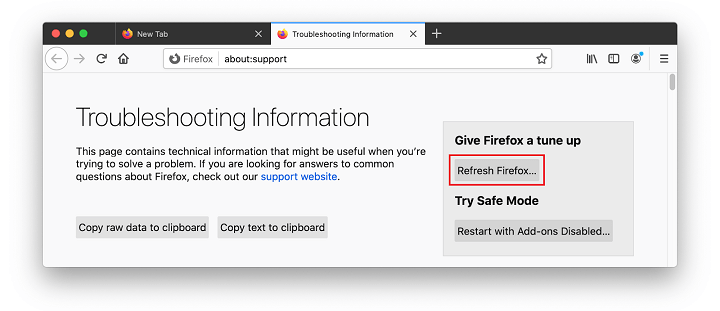Find out how to disable popup blocker on Mac in case it is hampering the use of certain online services or otherwise diminishing the user experience.
As a general rule, Mac users don’t mind keeping the popup blocker on. The relevance of taking this route stems from the quirks of the contemporary Internet such as intrusive advertising and the increasingly interactive gist of websites that encourage a tighter communication with visitors. The adware and phishing campaigns soaring in the Apple world add extra fuel to the flame. They heavily rely on popups to promote affiliated shady services, manipulate victims into downloading follow-up infections onto their machines, or wheedle out sensitive information. Thankfully, there are tools galore for bridging the gap between security-minded Mac users and ad-free web surfing. Most of the time, there is no need to install third-party software for that purpose. Safari, Chrome, Firefox, and other popular browsers come with a popup blocking option of their own that may be turned on by default. But what if this feature produces the opposite effect and prevents a person from making the most of their computing? Believe it or not, this is quite common.

There are websites that require popups for normal operation. For example, distance learning services are half-baked unless they can intensely interact with students through dialog boxes – strictly speaking, these are your garden-variety popups. The current global healthcare crisis has caused a dramatic spike in the popularity of such remote educational programs. As learners join them, they shortly discover that their popup blocker is an obstacle to going through online courses. Financial institutions are another type of web resources that use splash windows in a benign way. The use cases in this regard range from advanced authentication to various transaction confirmation screens and requests to display notifications down the road. One more scenario where popups are part of a proper user experience is about chat support elements embedded in scores of websites. Some of them are bots that generate responses to the most common inquiries. If these widgets are blocked, people won’t be able to get quick answers to their questions.
There is also a multi-pronged security implication of this matter. One of the protection mechanisms built into macOS that got a boost in the latest Catalina 10.15 version is to prevent suspicious applications from being executed. The logic of this technique involves dialogs that say the dubious process may damage the computer and should be moved to the Trash. If a system-wide popup blocker is up and running, chances are that these defensive notifications won’t get through. Here’s yet another consideration in the security context: some Mac malware strains can portray themselves as popup blockers. This way, users might be duped into installing these threats in disguise while having no clue about the risk. In some situations, the fraudulent apps arrive with software bundles consisting of several harmless items that serve as red herring.
Ultimately, if a pseudo popup blocker ends up on board the Mac, it will change the way specific areas of the system work. The most likely impact is at the browser level, with the infection causing redirects that lead to fake search providers or junk sites tailored for generating ad revenue. The following sections provide steps to disable popup blocker on Mac. They cover both the regular tweaks of the browser settings and the best practices for removing adware that might impersonate a popup blocker.
Malicious popup blocker manual removal for Mac
The steps listed below will walk you through the removal of this malicious application. Be sure to follow the instructions in the specified order.
- Expand the Go menu in your Mac’s Finder bar and select Utilities as shown below.

- Locate the Activity Monitor icon on the Utilities screen and double-click on it.

- In the Activity Monitor app, look for a process that appears suspicious. To narrow down your search, focus on unfamiliar resource-intensive entries on the list. Keep in mind that its name isn’t necessarily related to the way the threat is manifesting itself, so you’ll need to trust your own judgement. If you pinpoint the culprit, select it and click on the Stop icon in the upper left-hand corner of the screen.

- When a follow-up dialog pops up asking if you are sure you want to quit the troublemaking process, select the Force Quit option.

- Click on the Go menu icon in the Finder again and select Go to Folder. You can as well use the Command-Shift-G keyboard shortcut.

- Type /Library/LaunchAgents in the folder search dialog and click on the Go button.

- Examine the contents of the LaunchAgents folder for dubious-looking items. Be advised that the names of files spawned by malware may give no clear clues that they are malicious, so you should look for recently added entities that appear to deviate from the norm.
As an illustration, here are several examples of LaunchAgents related to mainstream Mac infections: com.pcv.hlpramc.plist, com.updater.mcy.plist, com.avickUpd.plist, and com.msp.agent.plist. If you spot files that don’t belong on the list, go ahead and drag them to the Trash.

- Use the Go to Folder lookup feature again to navigate to the folder named ~/Library/Application Support (note the tilde symbol prepended to the path).

- When the Application Support directory is opened, identify recently generated suspicious folders in it and send them to the Trash. A quick tip is to look for items whose names have nothing to do with Apple products or apps you knowingly installed. A few examples of known-malicious folder names are ProgressMatch, ProgressSite, and IdeaShared.

- Enter ~/Library/LaunchAgents string (don’t forget to include the tilde character) in the Go to Folder search area.

- The system will display LaunchAgents residing in the current user’s Home directory. Look for dodgy items relatedto the imitation popup blocker virus (see logic highlighted in subsections above) and drag the suspects to the Trash.

- Type /Library/LaunchDaemons in the Go to Folder search field.

- In the LaunchDaemons path, try to pinpoint the files the malware is using for persistence. Several examples of such items cropped by Mac infections are com.pplauncher.plist, com.startup.plist, and com.ExpertModuleSearchDaemon.plist. Delete the sketchy files immediately.

- Click on the Go menu icon in your Mac’s Finder and select Applications on the list.

- Find the entry for an app that clearly doesn’t belong there and move it to the Trash. If this action requires your admin password for confirmation, go ahead and enter it.

- Expand the Apple menu and select System Preferences.


- Proceed to Users & Groups and click on the Login Items tab.
The system will display the list of items launched when the computer is starting up. Locate the potentially unwanted app there and click on the “-” (minus) button.

- Now select Profiles under System Preferences. Look for a malicious item in the left-hand sidebar. Several examples of configuration profiles created by Mac adware include TechSignalSearch, MainSearchPlatform, AdminPrefs, and Chrome Settings. Select the offending entity and click on the minus sign at the bottom to eliminate it.

If your Mac has been infiltrated by adware, the infection will most likely continue to hold sway over your default web browser even after you remove the underlying application along with its components sprinkled around the system. Use the browser cleanup instructions below to address the remaining consequences of this attack.
Disable popup blocker in web browser on Mac
To begin with, it’s necessary to turn off the native popup blocker feature in the browser. If the web browser settings have been taken over by adware impersonating a popup blocker, they should be restored to their default values. Although this will clear most of your customizations, web surfing history, and all temporary data stored by websites, the malicious interference should be terminated likewise. The overview of the steps for completing this procedure is as follows:
- Disable popup blocker in Safari
- Open the browser and go to Safari menu. Select Preferences in the drop-down list

- Hit the Websites tab in the Preferences screen and select Pop-up Windows in the sidebar.

- If there is a particular website you’d like to enable popups for, open it in Safari and it will be listed in the Currently Open Websites section and you will see the appropriate drop-down controls next to it. Change the Block and Notify (or Block) setting to Allow.

- If you want to allow popups for all websites in Safari, then use a similar drop-down in the bottom right-hand part of the Websites section of the Preferences and select the Allow entry.

- Check if your issue has been resolved. If it persists, it could be an adware problem that requires a different technique to fix. Click on the Advanced tab in Safari Preferences and enable the option saying “Show Develop menu in menu bar”.

- Now that the Develop entry has been added to the Safari menu, expand it and click on Empty Caches.

- Now select History in the Safari menu and click on Clear History in the drop-down list.

- Safari will display a dialog asking you to specify the period of time this action will apply to. Select all history to ensure a maximum effect. Click on the Clear History button to confirm and exit.

- Go back to the Safari Preferences and hit the Privacy tab at the top. Find the option that says Manage Website Data and click on it.

- The browser will display a follow-up screen listing the websites that have stored data about your Internet activities. This dialog additionally includes a brief description of what the removal does: you may be logged out of some services and encounter other changes of website behavior after the procedure. If you’re okay with that, go ahead and click on the Remove All button.

- Restart Safari
- Open the browser and go to Safari menu. Select Preferences in the drop-down list
- Disable popup blocker in Google Chrome on Mac
- Open Chrome, click the Customize and control Google Chrome (⁝) icon in the top right-hand part of the window, and select Settings in the drop-down

- Select Privacy and security in the sidebar, click Site Settings, and scroll down to Pop-ups and redirects.
- Switch the toggle to the Allowed position. You can also specify which sites are allowed to display popups. This will enable popups in Chrome.

- Check if the issue is fixed. If it’s still there, then you’ll need to reset Chrome to its original defaults. Here’s how to do it: when on the Settings pane, select Advanced
- Scroll down to the Reset settings section.

- Confirm the Chrome reset on a dialog that will pop up. When the procedure is completed, relaunch the browser and check it for malware activity.

- Open Chrome, click the Customize and control Google Chrome (⁝) icon in the top right-hand part of the window, and select Settings in the drop-down
- Disable popup blocker in Mozilla Firefox on Mac
- Click on the menu button in the upper right-hand corner of the Firefox window, and select Preferences.

- Click Privacy & Security in the sidebar and scroll down to the Permissions subsection.

- Find the Block pop-up windows entry, and click Exceptions next to it. Enter the URL of a website you’d like to allow popups for and click Save Changes.

- If you are up to enabling popups for all websites in Firefox, uncheck the Block pop-up windows box.

- If the issue is still there, you should reset the browser to its defaults. Go to Help – Troubleshooting Information (or type about:support in the URL bar and press Enter).


- When on the Troubleshooting Information screen, click on the Refresh Firefox button.

- Confirm the intended changes and restart Firefox.
- Click on the menu button in the upper right-hand corner of the Firefox window, and select Preferences.
Get rid of malicious popup blocker on Mac using Combo Cleaner removal tool
The Mac maintenance and security app called Combo Cleaner is a one-stop tool to detect and remove unwanted popup blocker virus. This technique has substantial benefits over manual cleanup, because the utility gets hourly virus definition updates and can accurately spot even the newest Mac infections.
Furthermore, the automatic solution will find the core files of the malware deep down the system structure, which might otherwise be a challenge to locate. Here’s a walkthrough to sort out the unwanted popup blocker issue using Combo Cleaner:
- Download Combo Cleaner installer. When done, double-click the combocleaner.dmg file and follow the prompts to install the tool onto your Mac.
By downloading any applications recommended on this website you agree to our Terms and Conditions and Privacy Policy. The free scanner checks whether your Mac is infected. To get rid of malware, you need to purchase the Premium version of Combo Cleaner.
- Open the app from your Launchpad and let it run an update of the malware signature database to make sure it can identify the latest threats.
- Click the Start Combo Scan button to check your Mac for malicious activity as well as performance issues.

- Examine the scan results. If the report says “No Threats”, then you are on the right track with the manual cleaning and can safely proceed to tidy up the web browser that may continue to act up due to the after-effects of the malware attack (see instructions above).

- In case Combo Cleaner has detected malicious code, click the Remove Selected Items button and have the utility remove unwanted popup blocker threat along with any other viruses, PUPs (potentially unwanted programs), or junk files that don’t belong on your Mac.

- Once you have made doubly sure that the malicious app is uninstalled, the browser-level troubleshooting might still be on your to-do list. If your preferred browser is affected, resort to the previous section of this tutorial to revert to hassle-free web surfing.


